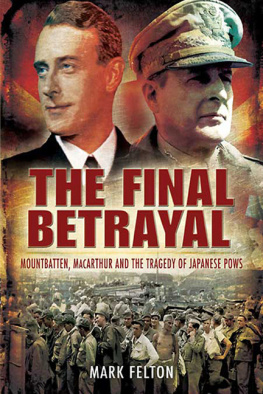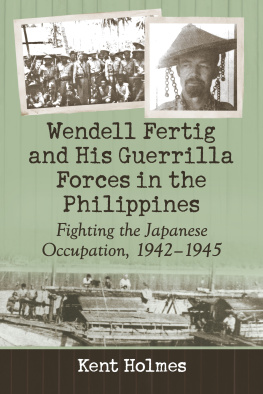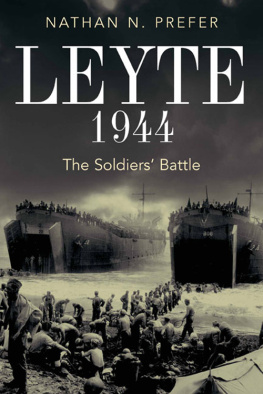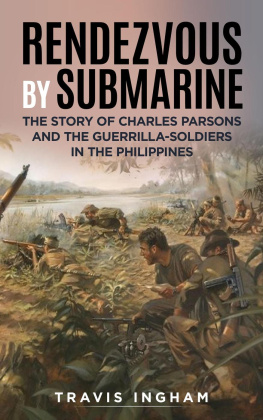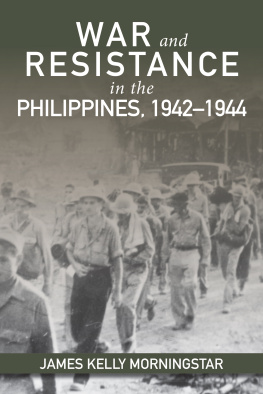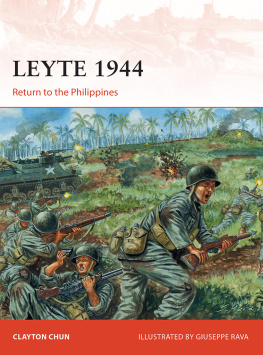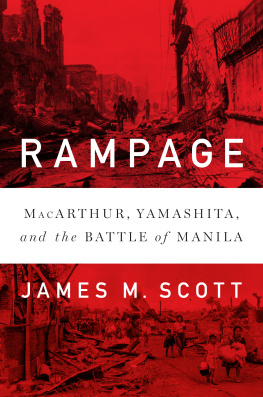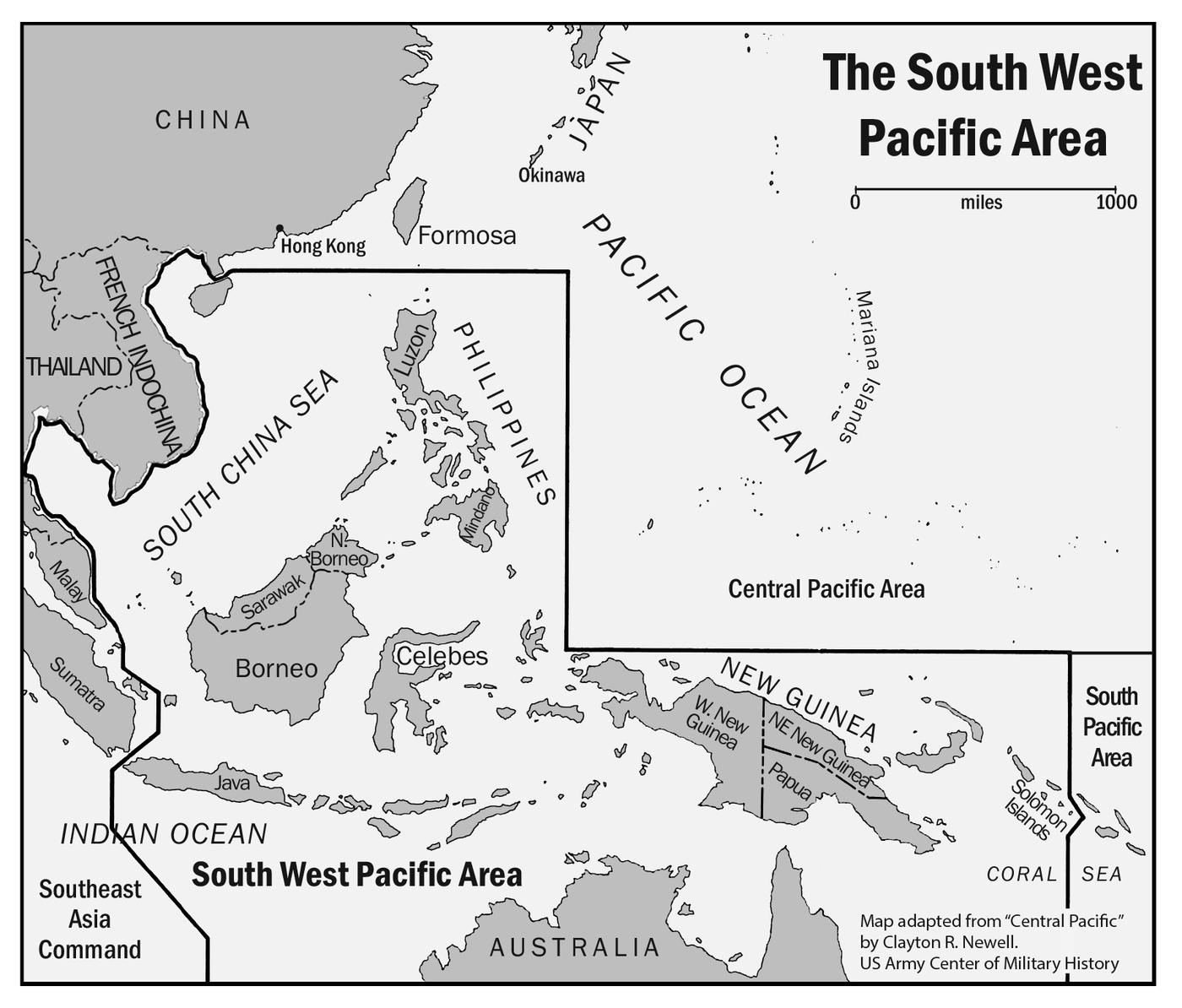
Copyright 2021 by James P. Duffy
Cover design by LeeAnn Falciani
Cover photographs: soldiers National Archives; clouds Slava Gerj / Shutterstock, Jozef Jankola / Shutterstock, Sabphoto /Shutterstock
Cover copyright 2021 by Hachette Book Group, Inc.
Hachette Book Group supports the right to free expression and the value of copyright. The purpose of copyright is to encourage writers and artists to produce the creative works that enrich our culture.
The scanning, uploading, and distribution of this book without permission is a theft of the authors intellectual property. If you would like permission to use material from the book (other than for review purposes), please contact permissions@hbgusa.com. Thank you for your support of the authors rights.
Hachette Books
Hachette Book Group
1290 Avenue of the Americas
New York, NY 10104
HachetteBooks.com
Twitter.com/HachetteBooks
Instagram.com/HachetteBooks
First Edition: March 2021
Published by Hachette Books, an imprint of Perseus Books, LLC, a subsidiary of Hachette Book Group, Inc. The Hachette Books name and logo is a trademark of the Hachette Book Group.
The Hachette Speakers Bureau provides a wide range of authors for speaking events. To find out more, go to www.hachettespeakersbureau.com or call (866) 376-6591.
The publisher is not responsible for websites (or their content) that are not owned by the publisher.
Library of Congress Cataloging-in-Publication Data
Names: Duffy, James P., 1941- author. Title: Return to victory : MacArthurs epic liberation of the Philippines / James P Duffy. Other titles: MacArthurs epic liberation of the Philippines
Description: First edition. | New York : Hachette Books, 2021. | Includes bibliographical references and index. | Identifiers: LCCN 2020042412 | ISBN 9780306921926 (hardcover) | ISBN 9780306921919 (ebook) Subjects: LCSH: World War, 1939-1945CampaignsPhilippines. | MacArthur, Douglas, 1880-1964. | World War, 1939-1945Naval operations, American. | World War, 1939-1945Ariel operations, American. | World War, 1939-1945Amphibious operations. | PhilippinesHistoryJapanese occupation, 1942-1945. | PhilippinesHistory, Military20th century. Classification: LCC D767.4 .D84 2021 | DDC 940.54/2599dc23 LC record available at https://lccn.loc.gov/2020042412
ISBNs: 978-0-306-92192-6 (hardcover); 978-0-306-92191-9 (ebook)
E3-20210203-DA-ORI
To the memory of Thomas J. Fleming
historian, author, adviser, and friend,
who urged me to write about
General MacArthur
Thanks, Tom
Explore book giveaways, sneak peeks, deals, and more.
Tap here to learn more.

Map 1 The South West Pacific Area
Map 2 Philippines
Map 3
Map 4
Map 5
Map 6
Map 7
Map 8
Map 9
T he spring of 1942 was glorious for the Empire of Japan. By the end of the year, the Japanese Empire ruled over 350 million people, although in some places, such as the Philippines, their hold over the population was tenuous. The empires boundary ran from the islands of Attu and Kiska in the arctic region through the Solomon Islands in the South Pacific then west across a portion of the jungles of New Guinea to the India/Burma border.
The nations 124th emperor, Hirohito, ruled over one-seventh of the earths surface. His reign reached nearly five thousand miles in most directions from his imperial palace, far exceeding that of any of his predecessors. In what British prime minister Winston Churchill called the largest disaster and worst capitulation in British history, Imperial Japanese forces conquered Singapore in February. US General Jonathan Wainwright surrendered all Allied forces in the Philippines in May. The previous Christmas Day the British, Canadian, and Indian troops at Hong Kong laid down their arms, although bands of Chinese continued fighting a small guerrilla campaign against the Japanese occupiers in the area called the New Territories.
Triumphant Japanese forces occupied large sections of mainland China, the entire Malayan Peninsula, Borneo, the Dutch East Indies, Wake Island, Sumatra, the Gilbert Islands, Guam, a large portion of the Solomon Islands, Siam, French Indochina (Vietnam, Laos, and Cambodia), Celebes, Timor, the Bismarck Archipelago off the northeast coast of New Guinea, and a portion of the north coast of New Guinea. They also controlled many of the over seven thousand islands of the Philippines.
Thinking themselves unbeatable, many Japanese military leaders suffered from what several of them would refer to after the war as victory fever. Although sixteen US Army Air Forces B-25 bombers flying from the deck of the USS Hornet had attacked Japanese cities, including Tokyo, in April, Japanese leaders remained confident and firm believers in their ultimate triumph. Their springtime confidence, however, would come to a shocking end later that year when they encountered three American officerstwo admirals and one generalwho were equally resolved to defeat them.
Admiral Chester Nimitz, military commander of the newly created Pacific Ocean Area, carefully planned for the inevitable confrontation with the Imperial Navy, which was determined to destroy the American aircraft carriers that had not been at Pearl Harbor when the Japanese attacked in December. In the Battle of Midway, fought over several days in June 1942, the Japanese suffered the sinking of four aircraft carriers, Hiryu, Kaga, Akagi, and Soryu. The heavy cruiser Mikuma also sank. Badly damaged was a second cruiser, Mogami. Two destroyers, Asashio and Arashio, suffered extensive damage. All three warships limped to Truk for repairs. Also lost were 248 carrier aircraft and 3,057 personnel, including 110 irreplaceable pilots. American losses were limited to the sinking of one carrier, USS Yorktown, one destroyer, USS Hammann, 150 aircraft, and 307 personnel.
Admiral William F. Bull Halsey, the aggressive commander of an aircraft carrier force in the Pacific, was hell-bent on taking the fight to the Japanese after Pearl Harbor. He directed forces that bombed Tokyo and ordered early raids on the Japanese bases on the Gilbert Islands. In October 1942, he took command of the South Pacific Area built around the Solomon Islands. American forces were having difficulty dislodging the Japanese from the islands, especially the most strategically valuable, Guadalcanal. The Imperial General Headquarters intended this island, with its landing field, to serve as the southern anchor of the empire. Halseys aggressive actions and his support of the US Marines and Army troops fighting there drove the Japanese out, and by December 14, 1942, the Imperial Navy Staff was calling for the evacuation of all Japanese troops on the island.
Ordered by President Franklin Roosevelt to evacuate his headquarters on Corregidor in Manila Bay in March 1942, General Douglas MacArthur had expected to find an Allied army awaiting him in Australia. That army did not exist. It took some time for the American soldiers to reach Australia from the United States and the Australian troops to return home from North Africa. In late August and early September 1942, MacArthurs forces, at this time predominantly Australian, beat back a Japanese invasion at Milne Bay at the tip of New Guinea in the first defeat of a Japanese land force during the war.





